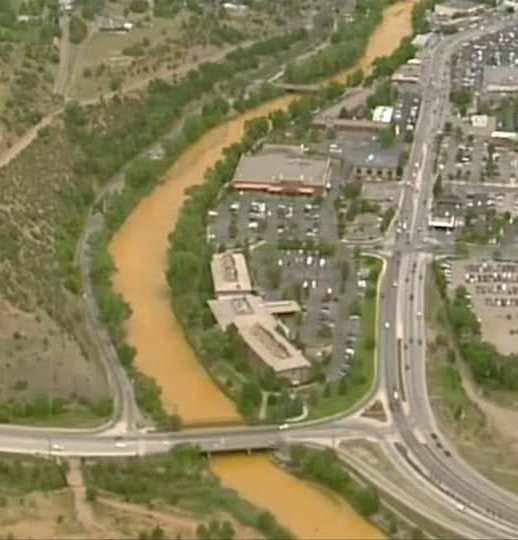Agency officials knew of ‘blowout’ risk for tainted water at gold mine
Internal documents released late on Friday show managers at the U.S. Environmental Protection Agency were aware of the potential for a catastrophic “blowout” at an abandoned mine that could release “large volumes” of wastewater laced with toxic heavy metals. EPA and contract workers accidentally unleashed 3 million gallons of contaminated wastewater on August 5 as they inspected the mothballed Gold King Mine near Silverton, Colorado. Among the documents is a June 2014 work order for a planned clean-up that noted that the old mine had not been accessible since 1995, when the entrance partially collapsed. It warned: “Conditions may exist that could result in a blowout of the blockages and cause a release of large volumes of contaminated mine waters and sediment from inside the mine, which contain concentrated heavy metals.”
This condition has likely caused impounding of water behind the collapse.
U.S. Environmental Protection Agency
There are at least three ongoing investigations into exactly how EPA triggered the disaster, which tainted rivers in Colorado, New Mexico and Utah with lead, arsenic and other contaminates. EPA says its water testing has shown contamination levels have since fallen back to pre-spill levels, though experts warn the heavy metals have likely sunk and mixed with bottom sediments that could someday be stirred back up. Officials in affected states and elsewhere have been highly critical of the EPA’s initial response. Among the unanswered questions is why it took the agency nearly a day to inform local officials in downstream communities that rely on the rivers for drinking water.

Science mine pollution